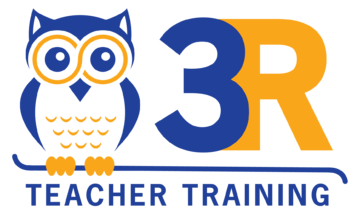In the heart of education, books serve as gateways to uncharted worlds, bridging the gap between curiosity and knowledge. Science education, in particular, benefits immensely from an expansive library, fostering a love for exploration and understanding. But the modern-day science classroom tells a slightly different story, one where these crucial gateways are few and far between.
Science thrives on inquiry. Every time I step into a classroom, whether it was during my student years or later as an educator, I am reminded of my first science project, observing the life cycle of a butterfly. It wasn't just the observation that fascinated me but also the countless hours spent in the school library, diving deep into books that explained the intricate details of metamorphosis. The Public Library was my haven, expanding the four walls of my classroom to the vast expanse of nature's wonders. But do our children today have that same access to a treasure trove of science literature?
Recent surveys paint a startling picture. Most science classrooms are lacking in quality trade titles. In fact, when you walk into an elementary school, you're likely to find that the classrooms contain four times more fiction than nonfiction books. During a recent visit to a local elementary school, I noticed a vibrant corner dedicated to storybooks, fairy tales, and fables. While the sight was heartwarming, a closer inspection revealed the absence of science journals, encyclopedias, or basic science storybooks. A teacher confided in me, saying, “We'd love to have more science books, but they're not always the first choice when budgets are tight.” The ripple effect of this absence is profound. A dearth of quality science reading material can impair students' scientific literacy. Without a wide range of resources, they might get confined to the textbook narratives, missing out on the diverse perspectives and latest advancements in the world of science.
I recall a student, Sarah, from my early teaching days. She was particularly interested in marine life. But with our limited classroom resources, she often felt stifled. “I wish we had more books on the ocean and its creatures,” she'd lament. Students like Sarah remind us of the potential we might be squandering. Furthermore, when students are exposed mainly to fiction, they're missing out on the reality-based problem-solving that science offers. They're missing the chance to question, hypothesize, experiment, and conclude, all fundamental aspects of the scientific method.
As educators, parents, and stakeholders in our children's future, there's an immediate need to address this imbalance. School budgets and library acquisitions should prioritize a balance of fiction and nonfiction, ensuring that budding scientists can access the resources they crave. Schools can also collaborate with public libraries, universities, and digital platforms to expand their reach. After all, if we want our children to explore the universe, dive deep into the ocean's mysteries, or understand the microscopic world, we must first ensure they have the right tools and books.
The science classroom library, or the lack thereof, is more than just a space filled with books. It's a reflection of our commitment to nurturing inquisitive minds. For those interested in adding more nonfiction to their classroom libraries, visit these three resources:
Best STEM Books K-12- www.nsta.org/best-stem-books-k-12
National Council of Teachers of English Nonfiction Position Statement- https//ncte.org.statement/role-of-nonfiction-literature-k-12
Outstanding Science Trade Books for Students K-12- www.nsta.org/outstanding-science-trade-books-students-k-12

